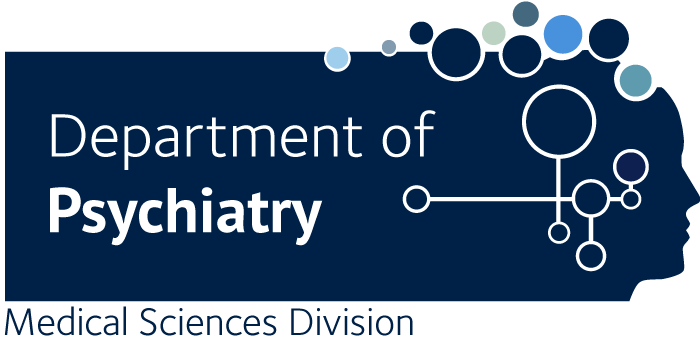Is the prevalence of major depression increasing in the Canadian adolescent population? Assessing trends from 2000 to 2014
Wiens K., Williams JVA., Lavorato DH., Duffy A., Pringsheim TM., Sajobi TT., Patten SB.
Background Major depressive disorder is a relatively common diagnosis with onset across the lifespan. There is a recent belief that major depressive episodes (MDE) are increasing in adolescence; however, it is not clear if this is truly an increase in prevalence or reflective of other causes such as change in diagnostic patterns. This study aimed to determine whether evidence supports an epidemic of MDE in Canadian adolescents. Methods Past year MDE prevalence estimates were derived from a series of nationally representative surveys. Random effects meta-regression and graphical analyses were used to evaluate trends. A post hoc analysis compared trends in MDE prevalence to trends in self-reported mood disorder diagnosis (made by a health professional). The sample was split into 9 birth cohorts to examine whether MDE prevalence increased in more recent cohorts. Results Prevalence of MDE did not significantly change between 2000 and 2014 (β=0.001; p=0.532), and there was no modification of trends by sex or age. However, prevalence of self-reported mood disorder diagnosis by a health professional increased from 2003 to 2014 (β=0.001; p=0.024). There was no indication that MDE prevalence differed by birth cohort. Limitations Limitations include reduced precision in subgroup analyses, lack of clinical judgement in the structured diagnostic interview, and inability to differentiate mild, moderate and severe episodes of depression. Conclusion These findings do not support an epidemic of MDE in adolescents, however as more individuals report diagnoses by a health professional, future policy may need to incorporate an increase in need of mental health services.

